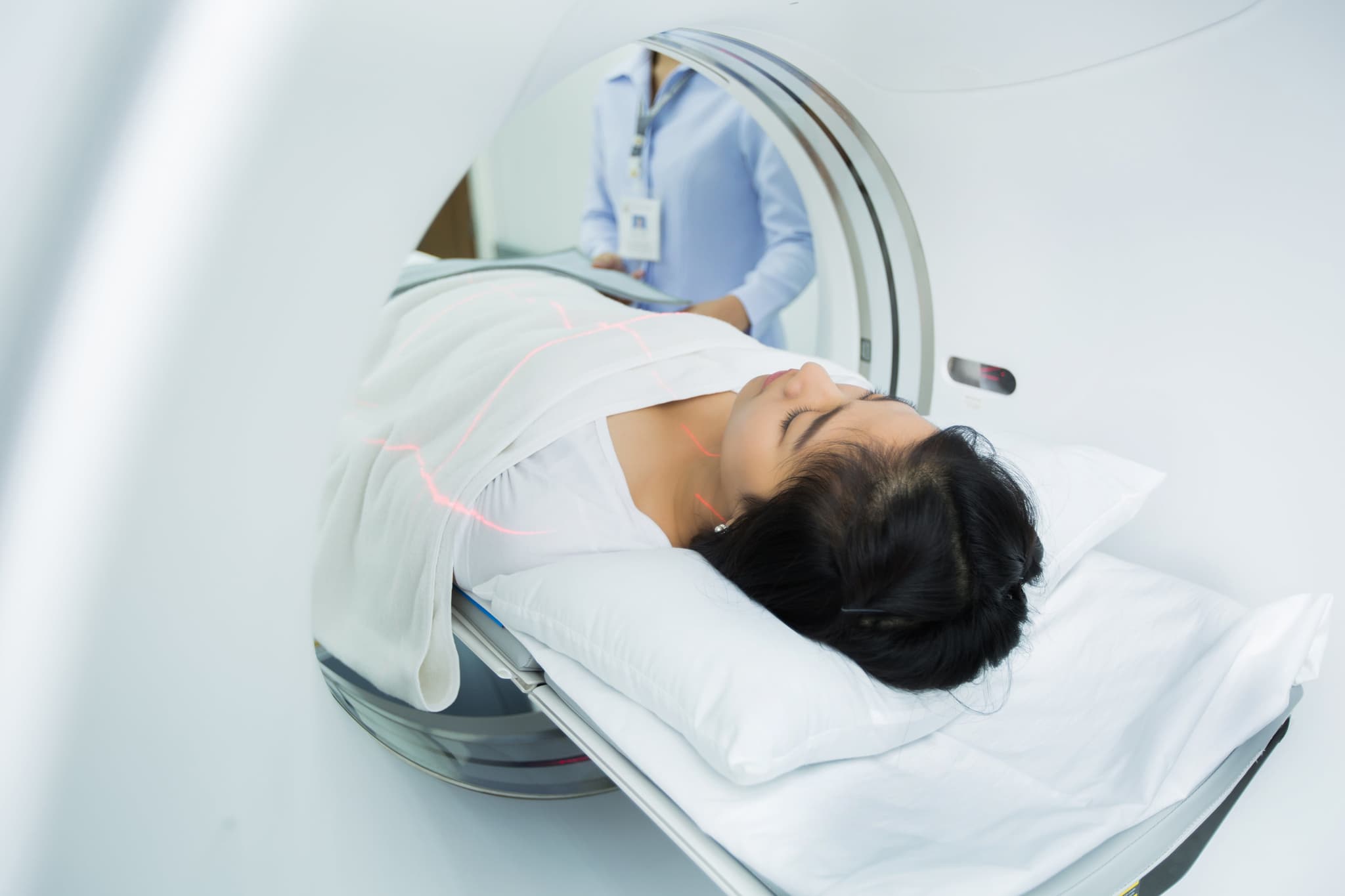
2021-10-27T16:18:53
Why your Next Clinical Breast Exam Should Include a 3D Mammogram
- Cancer Center
- Imaging
December 26, 2017 | Imaging • Radiology
Specialties:Imaging • Radiology

Radiation therapy, a cancer treatment option performed by radiation oncologists, is used to destroy cancer cells and reduce tumor growth without harming nearby tissues. It uses high-energy X-rays or proton beams to accomplish this. There are a few different types of radiation therapy, and a few things you should be aware of if you or a loved one is preparing for radiation therapy.
Radiation describes the energy that moves from one place to another through waves or particles. High-energy radiation, like the kind found in X-rays, can change or destroy cells in the body–normally we wouldn’t want to destroy cells in our body, but when those cells are cancerous, radiation can destroy them to prevent additional growth.
Over half of people diagnosed with cancer receive some kind of radiation therapy. For some patients radiation therapy is the primary treatment, and for others, it will be a supplemental treatment in conjunction with surgery and/or chemotherapy. Some general goals and uses of radiation therapy include:
This is the most common type of radiation therapy, delivering radiation from a machine outside the body. It can treat large or small areas, and patients usually receive a daily treatment every weekday for several weeks in a row. There are a few sub-types of external-beam radiation therapy
If you have a young child or infant that needs a CT scan, preparation might include a sedative to keep them calm. Too much movement during the scan can blur the images produced and lead to incorrect results, so children who can’t sit still on their own may need extra help.
MRI
Magnetic resonance imaging (MRI) is an imaging technique that uses a magnetic field and radio waves to produce images of organs and tissues inside the body. An MRI machine can produce 3D images that can be viewed from multiple angles.
Preparation for an MRI is relatively simple. You will not have to change your eating habits or any medications before the procedure unless your doctor instructs you otherwise. You’ll be asked to remove clothing and change into a medical gown, and to ensure that the test isn’t affected by them, you’ll be asked to remove the following items before the test:
PET Scan
A PET scan, or positron emission tomography scan, is a test that helps indicate the functionality of tissues and organs. It uses a radioactive tracer that’s injected, swallowed or inhaled, and can help detect disease or conditions that might take longer to show up on other imaging tests.
Before your PET scan, you may be told to avoid strenuous exercise for a couple days and stop eating a few hours beforehand. Things to tell your doctor before a PET scan include:
Your doctor may give you additional instructions depending on your individual case.
If you’re preparing for an imaging scan of any kind, your doctor can offer more specific guidelines. You can also use radiologyinfo.org as a resource to help you prepare.
Sources:
“CT scan (How you prepare).” The Mayo Clinic. http://www.mayoclinic.org/tests-procedures/ct-scan/basics/how-you-prepare/prc-20014610
“Positron emission tomography scan (How you prepare).” The Mayo Clinic. http://www.mayoclinic.org/tests-procedures/pet-scan/details/how-you-prepare/ppc-20319717
“MRI (How you prepare).” The Mayo Clinic. http://www.mayoclinic.org/tests-procedures/mri/details/how-you-prepare/ppc-20235719
WRITTEN BY:
The Live Better Team

2021-10-27T16:18:53

2019-10-15T16:28:57

2019-06-06T10:36:51

2019-04-22T16:29:21
This information is not intended to replace the advice of a medical professional. You should always consult your doctor before making decisions about your health.